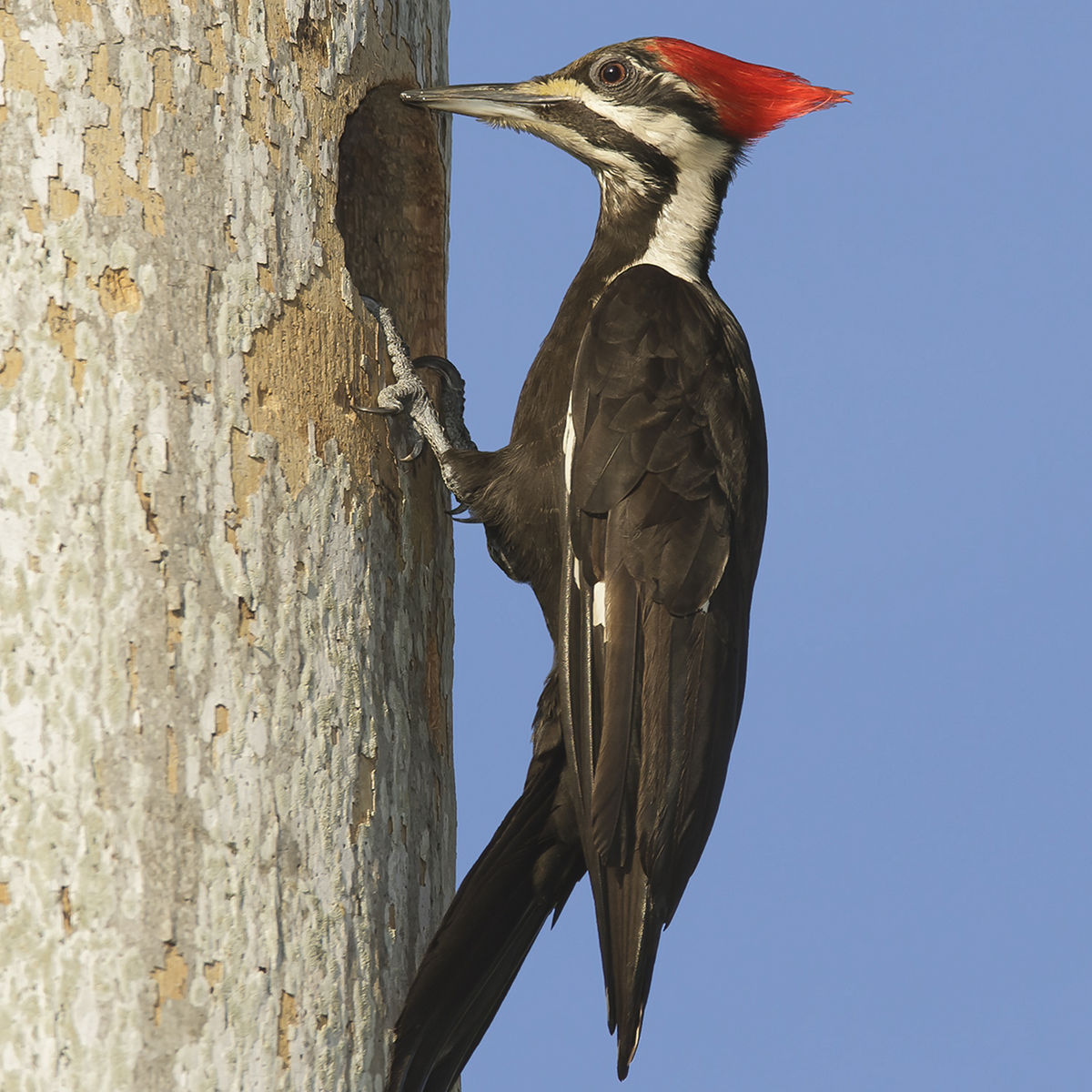Discover the Interesting World of Woodpeckers: Everything You Required to Know
The world of woodpeckers is a realm loaded with one-of-a-kind behaviors, elaborate adaptations, and a varied array of types. From their environments and distribution patterns to their feeding practices and specialized anatomical features, woodpeckers have long mesmerized the rate of interest of ornithologists and nature fanatics alike.
Woodpecker Habitats and Distribution
In North America, for instance, woodpeckers can be spotted in both coniferous and deciduous woodlands, utilizing their strong beaks to forage for pests and create nesting dental caries in trees. In Africa, certain woodpecker species have actually adapted to dry environments, such as the acacia woodlands, where they play a critical duty in managing insect populaces.

Feeding Behaviors and Diet
Woodpeckers utilize their solid beaks to drill into the bark of trees, penetrating for bugs and larvae hidden below the surface. In enhancement to insects, woodpeckers also consume nuts, seeds, fruits, and sap.
Woodpeckers are understood for their drumming actions, which offers not only to interact with various other woodpeckers however additionally to find food. The rapid drumming noise is produced by the bird pecking on powerful surfaces like dead trees or metal poles. This actions can draw in bugs hidden in the timber, allowing the woodpecker to discover their visibility and feed on them.
One-of-a-kind Adjustments for Tree Climbing
In their experienced quest of insects concealed within tree bark, woodpeckers have actually advanced exceptional anatomical functions that equip them with special adjustments for effective tree climbing. Woodpeckers have solid neck muscle mass and a special skull structure that soak up the impact of constant pecking, permitting them to climb vertically without triggering damage to their minds. click this These adjustments display the amazing transformative layout that enables woodpeckers to browse trees with precision and efficiency.
Diverse Woodpecker Variety Worldwide
With over 200 different varieties spread out across numerous environments worldwide, the family members of Picidae incorporates an impressive diversity of woodpeckers. These birds can be discovered in forests, woodlands, savannas, and also city locations, showcasing their adaptability to various environments. From the legendary Northern Flicker in North America to the vivid and elusive Crimson-backed Flameback in Asia, each woodpecker types shows one-of-a-kind qualities in terms of quill, actions, and habitat preference.
Woodpeckers vary greatly in dimension, with the small Downy Woodpecker measuring around 6-7 inches in size, while the powerful Lineated Woodpecker can rise to 17 inches - Woodpeckers in Florida. Their beaks also come in different shapes and dimensions, mirroring their feeding practices. Some varieties concentrate on extracting bugs from tree bark, like the Acorn Woodpecker, while others, such as the Black-cheeked Woodpecker, feed on fruits and seeds

Preservation Initiatives and Obstacles
Conservation efforts for woodpecker populations are essential in reducing the influence of habitat loss and other hazards dealing with these diverse avian varieties. Woodpeckers encounter various obstacles to their survival, mainly as a result of deforestation, urbanization, environment adjustment, and intrusive species. To address these issues, conservation Read Full Report initiatives focus on protecting and bring back woodpecker habitats, carrying out sustainable forestry techniques, and increasing understanding regarding the relevance of these birds in ecosystems.
One substantial difficulty in woodpecker conservation is the fragmentation of their environments, resulting in separated populaces that are a lot more at risk to extinction - Woodpeckers in Florida. Guardians work to produce wildlife corridors and secured areas that connect these fragmented habitats, enabling woodpeckers to move between various locations for feeding, reproducing, and shelter

Final Thought
In verdict, woodpeckers are fascinating birds with one-of-a-kind adaptations for tree climbing and feeding habits. More research and conservation activities are the original source needed to guarantee the survival of woodpeckers in the wild.
Comments on “Indigenous Woodpeckers in Florida: A Guide to Types and Behaviors”